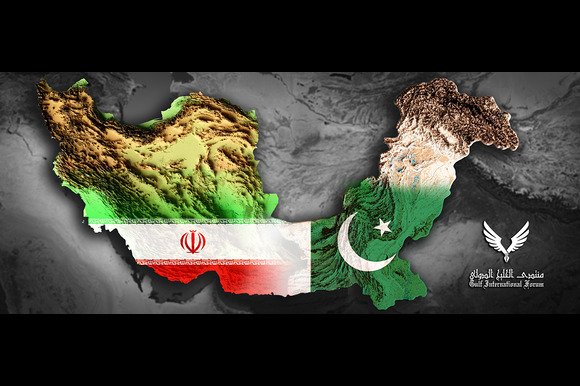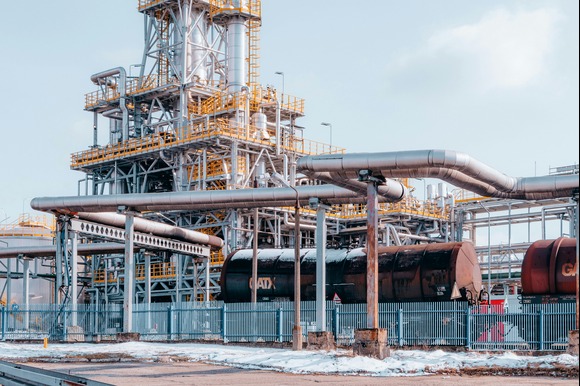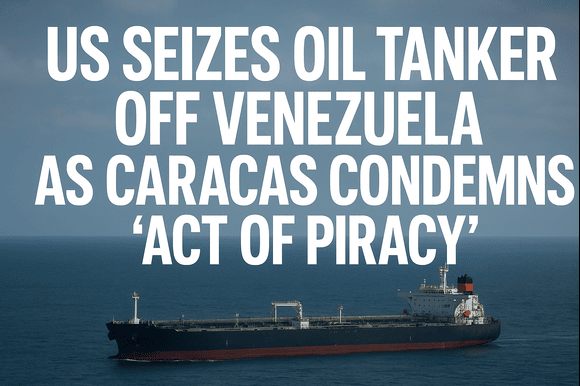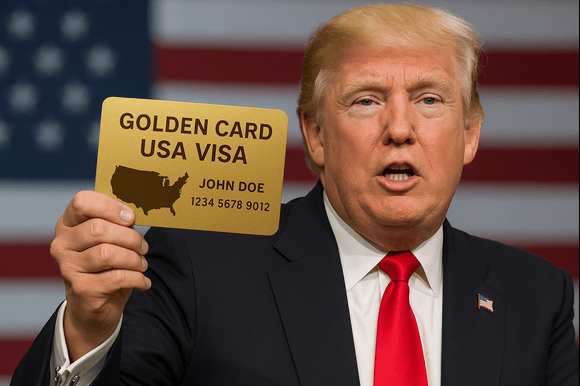
gulfif.org
Pakistan and Iran on Sunday agreed to significantly boost their annual bilateral trade volume from the current $3 billion to $10 billion, following high-level talks between Prime Minister Shehbaz Sharif and Iranian President Masoud Pezeshkian. The announcement came during a joint press conference after both leaders witnessed the signing of 12 agreements and Memoranda of Understanding (MoUs) aimed at deepening cooperation across various sectors.
According to Pakistan’s state-run Associated Press of Pakistan (APP), the agreements span key areas including trade, agriculture, science and technology, innovation, information and communication, maritime safety, and more. Both nations also reaffirmed their commitment to combating militancy along their shared border.
The agreement to elevate trade was initially reached earlier in the day during a meeting between Pakistan’s Commerce Minister Jam Kamal Khan and Iranian Minister for Industry, Mines, and Trade Mohammad Atabak. Prime Minister Sharif later publicly declared the new $10 billion trade goal, stating both governments are eager to achieve this target “as soon as possible.”
During the joint press appearance, Sharif also reiterated Pakistan’s support for Iran’s right to peaceful use of nuclear energy, a matter at the core of ongoing tensions with Israel. He condemned recent Israeli attacks against Iran and praised Tehran’s “forceful defence” of its sovereignty.
President Pezeshkian, for his part, welcomed the momentum in bilateral ties, expressing optimism that the signed MoUs—one of which focuses on finalising a free trade agreement—would catalyse deeper collaboration. He emphasised that both sides are now undertaking “serious and sincere efforts” to expand cooperation in a wide range of fields and realise the ambitious $10 billion trade target.
Pezeshkian arrived in Lahore on Saturday afternoon and travelled to Islamabad later that evening for the formal meetings.
Meanwhile, following the earlier ministerial-level discussions, Pakistan’s Commerce Ministry released a statement describing the talks as a “renewed commitment” from both sides to enhance trade flows, address border-related hurdles, and foster trust-based partnerships in priority sectors.
The meeting highlighted the importance of leveraging regional geography for trade efficiency. Commerce Minister Khan cited the example of ASEAN nations, noting their success in trading within their neighbourhoods. “Geography is an advantage. Pakistan and Iran must utilise this discount of distance. If we don’t, we lose both time and cost benefits,” Khan said.
Khan proposed the formation of targeted trade delegations, including members from both federal and provincial chambers of commerce, to facilitate focused dialogues on market access and regulatory barriers. The statement also noted that both countries expressed a strong desire to increase the utilisation of existing trade corridors and border infrastructure.
Minister Atabak emphasised Iran’s willingness to import more from Pakistan and called for swift implementation of the newly signed agreements. He also supported the idea of organising a dedicated business-to-business (B2B) day during every high-level visit, offering to bring Iranian business delegations to Pakistan for in-depth commercial engagement.
The ministers identified specific sectors for future collaboration, including agriculture, livestock, services, energy, and cross-border logistics. They also stressed the importance of increasing the use of existing border facilities to streamline trade and enhance efficiency.
According to both sides, such connectivity and trade alignment could extend beyond bilateral benefits to include wider regional integration involving Turkey, Central Asia, Russia, and parts of West Asia—creating a powerful and resilient economic bloc.
A recent policy brief published by the Centre for Strategic and Contemporary Research (CSCR), an Islamabad-based think tank, noted that formal trade between Pakistan and Iran reached approximately $2.3 billion in 2022, with the balance heavily in Iran’s favour.
Iran’s exports to Pakistan—mainly petroleum gas, electricity, and petroleum coke—totalled $1.488 billion, while Pakistan’s exports, including iron pipes, medical instruments, and utility meters, amounted to $842.8 million, the September 2024 report titled “Pakistan and Iran’s Struggle for Economic Cooperation” noted.
With high-level political alignment and growing mutual trust, officials and analysts believe Pakistan and Iran are entering a new phase of strategic economic cooperation that could reshape regional trade dynamics in the years to come.




